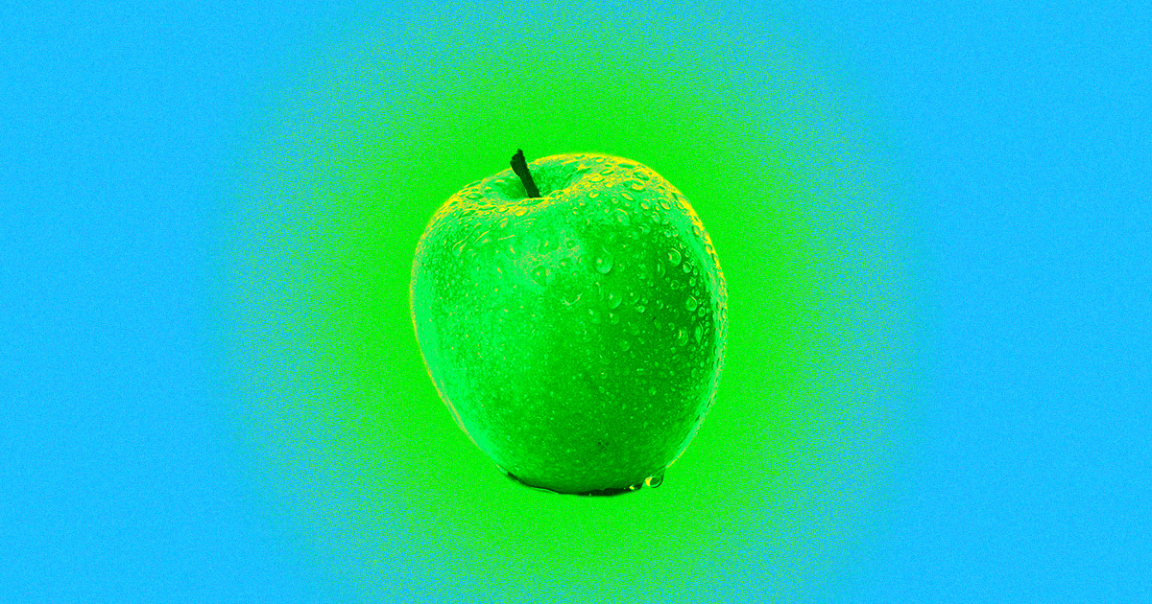
Toxic Changes
In April, the Environmental Protection Agency (EPA) proposed new standards for how it studies the health impacts of low doses of chemicals, trading in a previously cautious approach for one that’s far more flexible.
On Tuesday, the Los Angeles Times published a deep dive into the work that went on behind the scenes to get this proposed rule change added to the Federal Register — and the damage it could do to public health if adopted.
Current Standard
For decades, according to the LA Times’ excellent explainer, U.S. federal agencies have adhered to what’s known as the linear no-threshold model when regulating and studying toxic chemicals and radiation. This model assumes that if a substance is harmful at any level, it’s harmful at all levels, with the level of harm increasing or decreasing depending on the level of exposure.
This model ensured that the public wouldn’t be exposed to potentially harmful substances even if research didn’t conclusively prove that a low level of exposure would, in fact, be harmful.
That was important because, in some cases, various studies of the same chemical at the same low dose have reached different conclusions. One might assert that the low dose is harmful, another that it has no effect, and still another that the dose is actually beneficial to the human body, a phenomenon known as hormesis.
Hormesis D’oeuvre
It’s true that some dangerous substances really are beneficial at low doses. Small doses of tamoxifen, for example, can help treat breast cancer, but at higher doses, the chemical can actually cause uterine cancer.
However, while hormesis might be useful in a clinical setting, it’s not an effective way to regulate chemicals that could reach the public at large, according to David Jacobs, a public health professor at the University of Minnesota.
“There is no way to control the dose a person gets from an industrial or agricultural chemical,” Jacobs told the LA Times. “It’s not being doled out in pills and monitored by a physician who can lower it if the patient isn’t responding well.”
The Holy Grail
On April 30, the EPA posted a proposed rule titled “Strengthening Transparency in Regulatory Science” for comment in the Federal Register. It removes linear no-threshold as the default model for estimating low-dose impacts, instead giving the EPA the authority to test other models, including hormesis.
Ten months later, the EPA has yet to announce a final date for deciding on the proposed rule. But if it’s adopted, public health experts told the LA Times they expect it to “tie the EPA up in knots” and possibly even result in new standards for everything from our air to our drinking water.
“Industry has been pushing for this for a long time,” David Michaels, a professor of environmental and occupational health at George Washington University, told the newspaper. “Not just the chemical industry, but the radiation and tobacco industries, too.”
“This is industry’s holy grail,” he concluded.
READ MORE: Scientist Says Some Pollution Is Good for You — a Disputed Claim Trump’s EPA Has Embraced [Los Angeles Times]
More on the EPA: The EPA Just Removed Climate Change From Their Climate Change Website